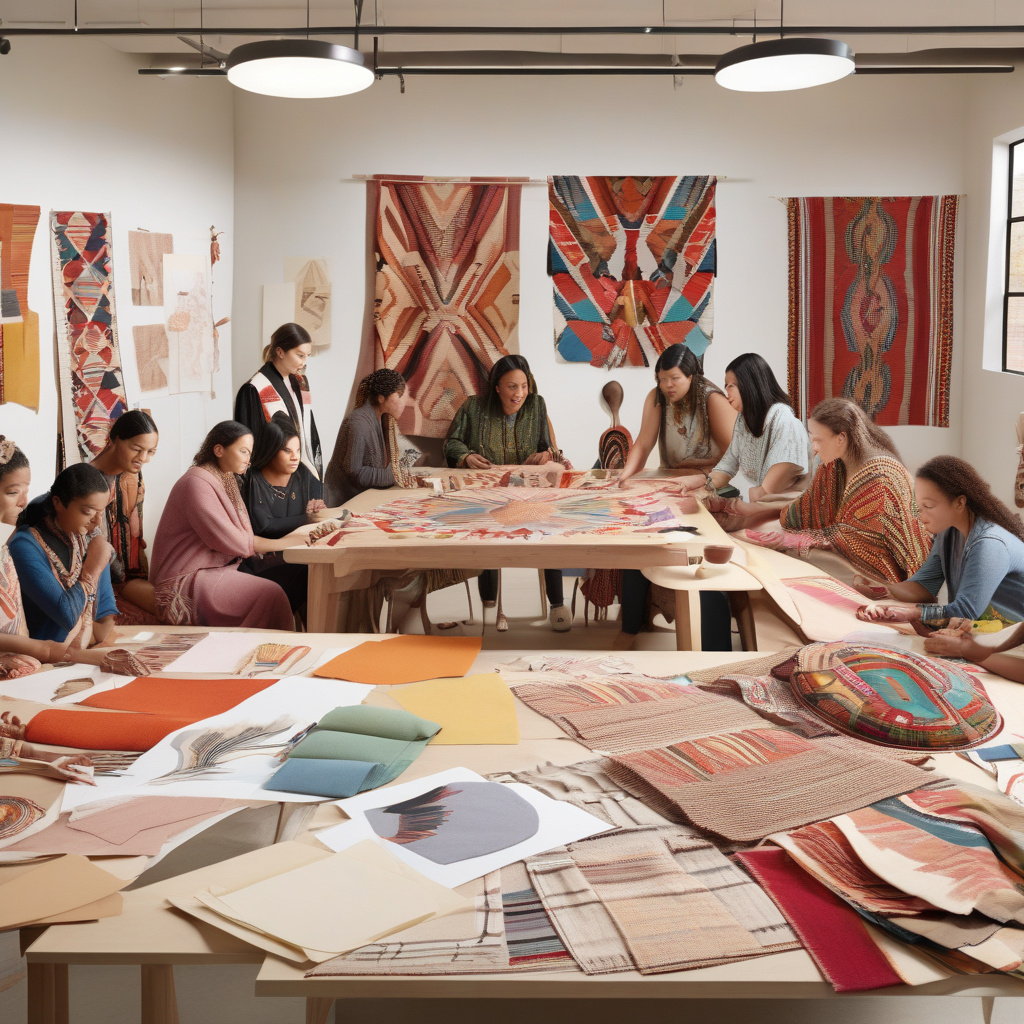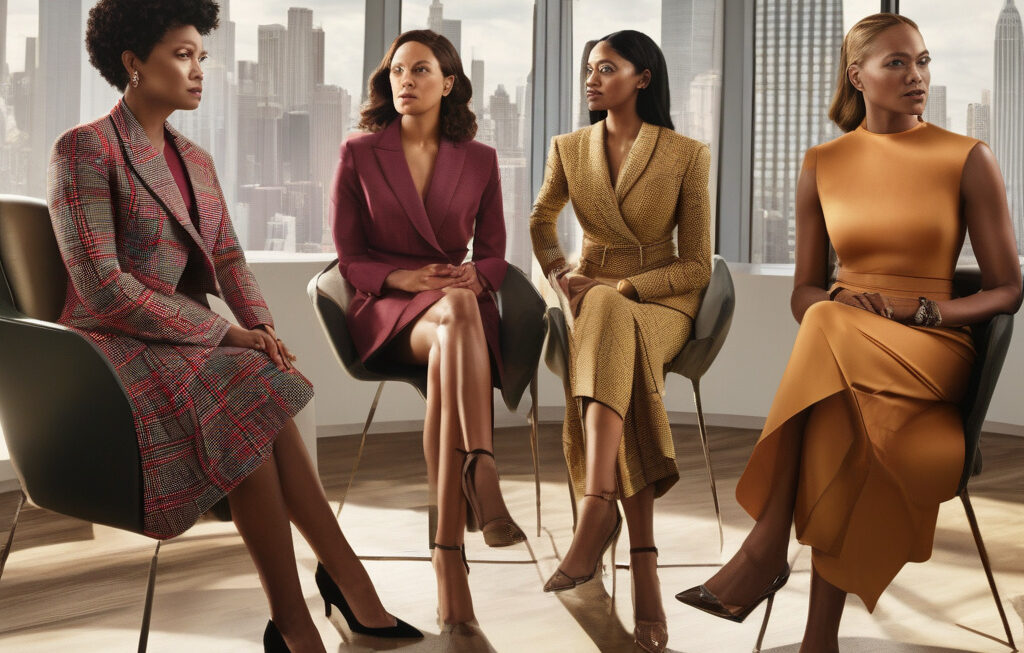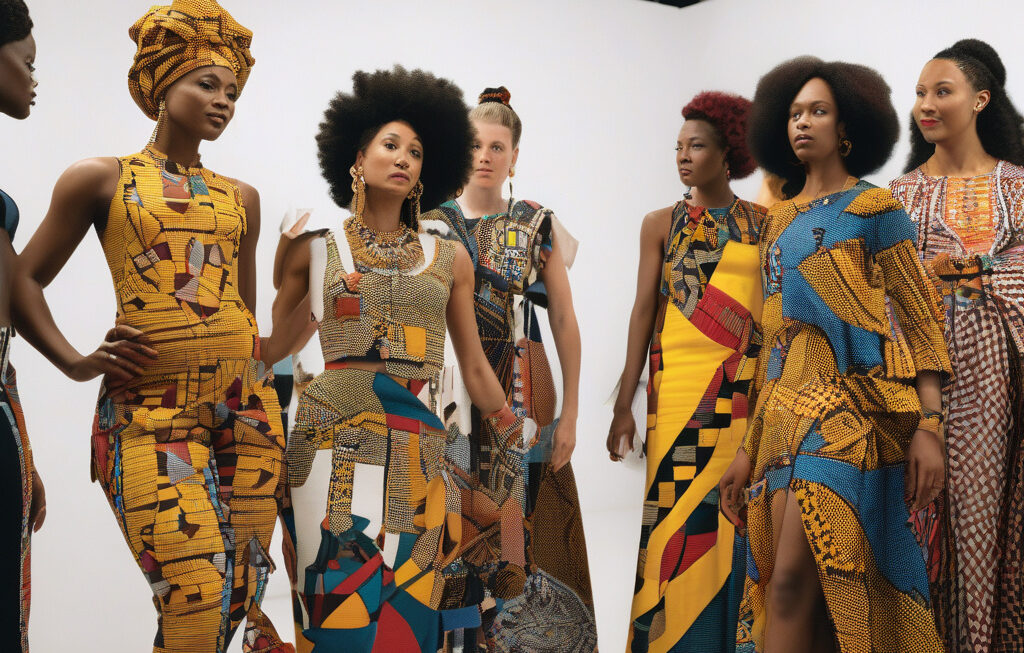Indigenous Designers Are Driving Brands to Collaborate, Not Appropriate
The fashion industry has a long history of appropriating Native art and traditions, often without giving credit to the communities from which they are derived. However, there is a shift happening as more brands are recognizing the importance of ethical collaboration with Indigenous designers. This change is not only driven by a desire to avoid cultural appropriation but also by the incredible talent and creativity that Indigenous designers bring to the table.
One of the key reasons why brands are increasingly seeking to collaborate with Native designers is the rich cultural heritage and unique artistic perspective they offer. Indigenous designers often draw inspiration from their traditions, stories, and connection to the land, creating pieces that are not only visually stunning but also deeply meaningful. By working with these designers, brands can tap into this authenticity and infuse their collections with a sense of history and purpose that resonates with consumers.
Moreover, collaborating with Indigenous designers allows brands to support and uplift these communities economically. Many Indigenous designers come from marginalized backgrounds and face barriers to success in the fashion industry. By partnering with them, brands can provide them with a platform to showcase their talent, reach a wider audience, and generate income that directly benefits their communities. This type of collaboration fosters a more inclusive and equitable fashion industry that celebrates diversity and empowers underrepresented voices.
An excellent example of a brand that has successfully collaborated with Indigenous designers is the luxury fashion house, Dior. In 2019, Dior worked with the American artist and activist, Jamie Okuma, who is a member of the Luiseño and Shoshone-Bannock tribes, to create a capsule collection that celebrated Native American culture. The collection featured Okuma’s intricate beadwork and traditional designs, highlighting the beauty and craftsmanship of Indigenous art. By partnering with Okuma, Dior not only created a stunning collection but also raised awareness about Native culture and craftsmanship on a global scale.
Another brand that has embraced collaboration with Indigenous designers is Nike. In 2020, Nike released a collaborative collection with the Indigenous-owned brand, Pendleton Woolen Mills, which is known for its iconic Native American-inspired patterns. The collection featured Pendleton’s signature prints on a range of Nike sneakers and apparel, blending traditional Native American design with contemporary streetwear style. This collaboration not only brought attention to Pendleton’s heritage but also introduced their designs to a new audience, helping to preserve and promote Indigenous artistry.
In conclusion, the fashion industry is undergoing a transformation as more brands recognize the importance of ethical collaboration with Indigenous designers and communities. By working with Indigenous creatives, brands can infuse their collections with authenticity, support economic empowerment, and celebrate the rich cultural heritage of Native peoples. As consumers become more conscious of the origins of the products they buy, collaborating with Indigenous designers is not only a moral imperative but also a strategic advantage for brands looking to differentiate themselves in a competitive market.
Indigenous, Designers, Collaboration, Fashion, Ethical Collaboration












